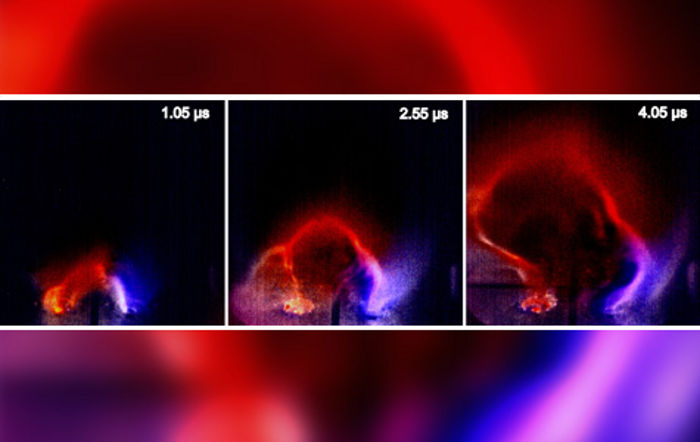
Solar physicists at the California Institute of Technology (Caltech), in Pasadena, are currently studying the origins and behavior of solar loops, structures that develop on the Sun, which control the production of dangerous solar flares. Their latest results have just been published in a new paper.
This type of research is extremely important for safeguarding power grids on Earth and satellite constellation in Earth's orbits. Solar flares and their associated coronal mass ejections (CME) can send billions of tons of highly energetic particles our way.
These particle streams can easily damage electronic equipment. However, measures can be taken to minimize their effects. In order for these measures to be effective, satellite and power grid operators need some degree of forewarning.
Caltech investigators say that they managed to recreate the precursors of solar flares, so-called plasma loops, in the controlled confines of the lab. “We're studying how these solar loops work, which contributes to the knowledge of space weather,” expert Paul Bellan says.
The expert, a Caltech professor of applied physics, compares the new research to studying hurricanes here on Earth. The development of tropical storms is hidden unless you know the clues you need to watch out for. At this point, the development of a hurricane can be predicted with relative certainty.
“It takes some time for the plasma to get to Earth from the Sun, so it's possible that with more research, we could have up to a two-day warning period for massive solar flares,” the team scientist explains.
Bellan and Caltech graduate student Eve Stenson worked together on recreating solar loops in the lab. Details of their work appear in the August 13 issue of the esteemed journal Physical Review Letters.
The team was able to identify two magnetic forces that work together to control the arching behavior of solar loops. These are made up of ionized, glowing gas called plasma.
“One force expands the arch radius and so lengthens the loop while the other continuously injects plasma from both ends into the loop. This latter force injects just the right amount of plasma to keep the density in the loop constant as it lengthens,” Bellan concludes.
The investigation was supported by the US Department of Energy (DOE), the National Science Foundation (NSF), and the US Air Force Office of Scientific Research.
Via: How Solar Plasma Loops Work
Tidak ada komentar:
Posting Komentar